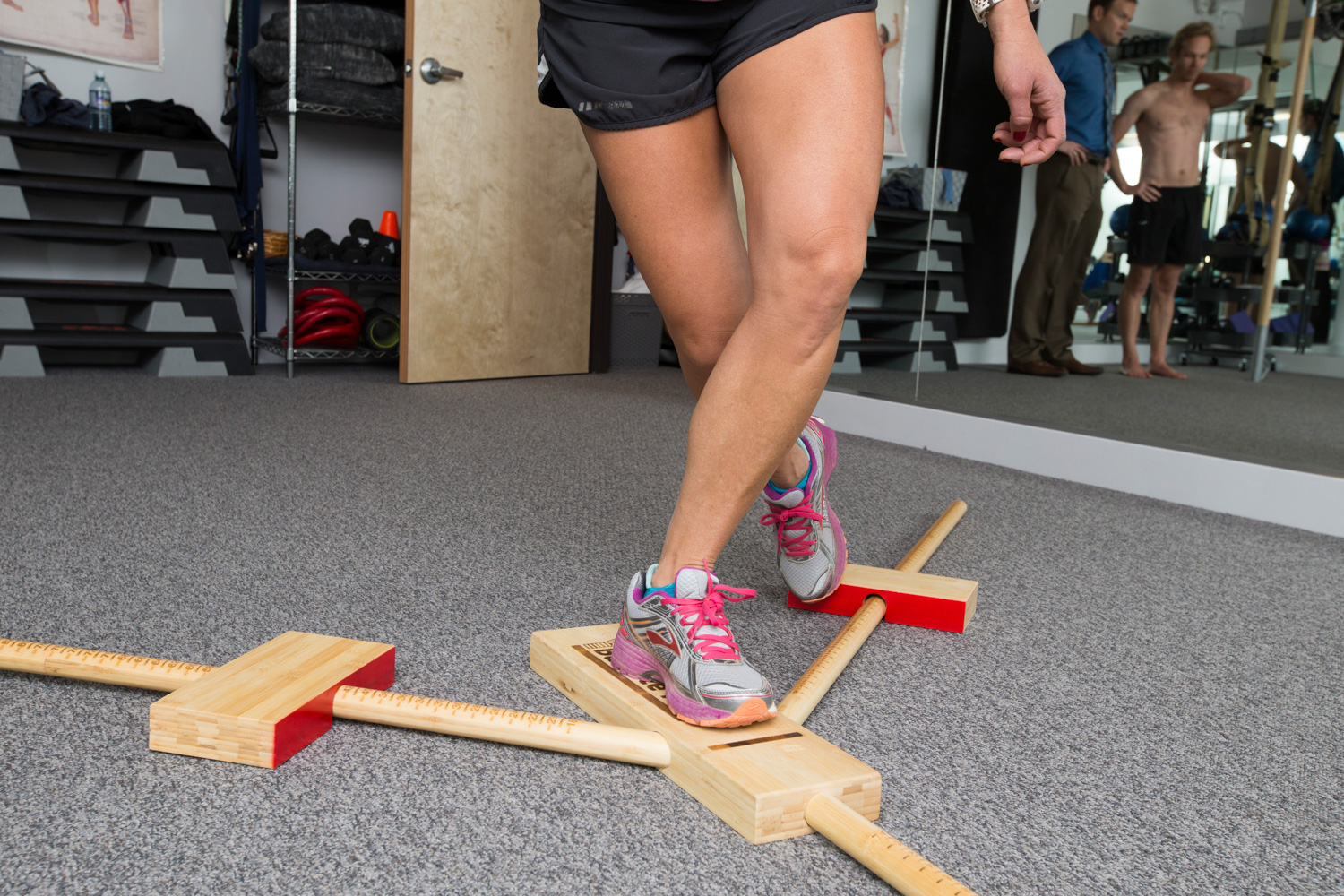Pre-participation movement screens have gained popularity among sports teams and health professionals over the past decade. Their aim is to determine the likelihood of an individual sustaining a future injury by testing them through a battery of movements. Clinicians may utilize a composite of individual tests to identify risk for a specific injury (ex. ACL tear) or use a commercially available stand alone test designed to screen for all injuries (ex. FMS or Y Balance). One of the determining factors in these stand alone tests is examining symmetry of movement patterns, comparing one side of the body to the other or to an established “norm” of movement. These tests have been under scrutiny as recent research has challenged the validity of these tests suggesting these tests may not be able to accurately identify individuals at risk for future injury.
The Y- Balance Test is a common pre-participation movement screen determining lower extremity injury. Individuals are asked to move their leg in 3 planes while in single leg stance on the opposite leg. Previous research has shown a difference in reach distance from side to side may indicate a risk of future injury. A recent article out of the Sports Journal looked at a homogeneous group of 169 male collegiate basketball players over 2 seasons (Brumitt et al. 2019). During the study, all athletes were given a pre season Y balance test and then followed through the seasons. The authors found no association between preseason Y-Balance scores and future time-loss from their sport or lower quadrant non contact injury during the upcoming seasons. These results add to the growing evidence questioning the validity of these stand alone movement screens. Injury prevention for specific injuries such as ACL tears and composite testing of individual tests may provide better risk reduction test batteries.

